BIOLOGY EXAM MARKING SCHEME
Potato cylinders were weighed and kept in distilled water overnight. They were then
reweighed.
2.5 g 2.4g 2.7g 3.0 g 3.1 g 3.2g
At the beginning of the Experiment. At the end of the experiment
- a) Calculate the average mass of a potato cylinder after reweighing. Show your working. (3mks)
3.0 + 3.1 + 3.2 = 9.3 g;
Average = 9.3 = 3.1g;
3
- b) Explain why mass of the cylinders had increased. (2mks)
The cell sap had a higher concentration of solutes than distilled water, water therefore
moves from the surrounding water to the cell by osmosis;
- The diagram below shows the results obtained when red blood cells are placed in different solution:
- What name is given to the process that occurs when the cell is placed in solution Y?
Haemolysis; (1mk)
(b) Describe the process that would occur in a plant cell when placed in a similar solution as that of solution Y. (3mks)
The plant cell will draw in water molecules by osmosis; it will swell and become turgid; but it
will not burst because of the presence of cellulose cell wall;
- State two differences between active transport and osmosis. (2mks)
| osmosis | Active transport |
| Involve movement of water molecules only | Involve movement of particles; |
| Doesn’t require energy | Require energy; |
| Molecules move along a concentration gradient | Molecules and ions move against a concentration gradient; |
4.How does the visking tubing differ from a cell membrane. (2mks)
Visking tubing is non-living while cell membrane is living;
Visking tubing is thin layer of polythene while cell membrane is a lipo-protein layer;
5.How would a flaccid cell turn turgid. (2mks)
Placing it in a solution that is hypotonic to its cytoplasm/distilled water, where it will gain water by osmosis;
- An experiment was carried out to investigate the effect of different concentrations of sodium
chloride on human red blood cells. Equal amounts of blood were added to equal volumes of the
salt solution but of different concentrations. The results are shown in the table below:
| Set -up | Number of red blood cells | ||
| Sodium chloride concentration | At start of experiment | At the end of the experiment | |
| A | 0.9% | Normal | No change in number |
| B | 0.3% | Normal | Fewer in number |
- Account for the results in the set-up
Set up A (2mks)
A-no change in number; 0.9% sodium chlorine solution is isotonic/hypertonic to RBC/blood;
Set up B (2mks)
B-fewer in number, 0.3% sodium chloride solution is hypotonic to RBC/blood; therefore some water was drawn in to RBC by osmosis; leading to haemolysis/bursting of RBCs
(b) If the experiment was repeated using 1.4% sodium chloride solution, state the expected
results with reference to:
- The number of red blood cells. (1mk)
Number will not change;
(ii) The appearance of red blood cells if viewed under the microscope. (1mk)
RBC will appear small in size/wrinkled/crenated/shriveled/shrink;
Rej. Flaccid/flabby/plasmolysed
- Explain your answer in b (ii) above. (2mks)
1.4 is hypertonic to cytoplasm of the red blood cells; hence lost water by osmosis;
7.(a)State the function of the following parts of a light microscope.
- mirror (1 mk)
Reflect light to the stage; to illuminate the specimen
- Diaphragm (1 mk)
Regulate the amount of light reaching the stage
- Eye piece (1 mk)
Has lens that magnifies the object
(b)State the function of
- Nucleolus (1 mk)
Synthesis of ribosomes
- Centriole (1 mk)
Used in cell division/ formation of cilia and flagella
- Chloroplast (1 mk)
Site for photosynthesis
(c)Write down one characteristic displayed by plants but are absent in animal (1mk)
Ability to manufacture their own food
- a) Define the following terms
i.) Cell (1mk)
Basic unit of a living organism;
ii.) Tissue (1mk)
Cells of a particular type grouped together to perform the same function;
iii) Organ. 1mk)
Tissues grouped together to perform one or more functions
iv.) Name two organ systems in human being; (2mks)
- Respiratory
- Reproductive
- Digestive
- Nervous
- Support
- Transport
- Any two correct
- During a biology practical lesson, the teacher provided students with the following apparatus:
- A pooter
- A scalpel
- Specimen bottle
- A pair of forceps
- Sweep net
- Chloroform
(a) Give any THREE precautions the biology teacher gave to students before the practical when collection of specimens begun. (3 marks)
- To collect only the number of specimens needed to avoid wastage;
- Not to destroy the natural habitat of the specimens.
- Dangerous / injurious specimens to be handled with care ; Forceps and hand gloves should be used for protection when collecting dangerous specimens.
- Not to harm the specimen during the collection exercise ; to avoid distorting the features of the specimen.
- live specimens should be returned to their habitats whenever possible ; to maintain ecological balance
- Highly mobile animals to be immobilized using suitable chemical substance / chloroform. ;
any 3 correct – 3 mark
(b). What was the use of the following?
- Pooter (1 mark)
For sucking small animals e.g ants and termites from rock surfaces or bark of trees.
- Sweep net (1 mark)
For catching flying insects
iii. Chloroform. (1 mark)
For immobilizing highly mobile animals
(c). Other than observation, name other two scientific skills developed by studying biology. (2 marks)
observing, identifying, recording, classifying, measuring, analyzing and evaluating
- State two aspects of light that affect the rate of photosynthesis. (2mks)
Light intensity
Exposure length/ light duration;
Quality of light;
- State the mode of nutrition in each of the following organisms (2mks)
- Ticks
parasitism; acc. Heterotrophism
- Black jack
Autotrophism;
12.. (a) Define the term Taxonomy (1mk)
Study of classification;
(b) Distinguish between Binomial nomenclature and classification. (2mks)
Binomial nomenclature is the giving organisms two scientific names; ie(genus and specific names) while classification is the grouping of organisms into taxonomic units;
13 Name any two organisms that belong to the kingdom fungi (2mks)
Mushroom;
Bread mould/Rhizopus
Yeast
Puff balls/
Dry wood fungi/
Candida/Trichophyton, any correct fungi
acc. Any correct parasitic fungi
14.. Why should organisms be classified? Write down any 2 importance (2mks)
- To enable biologist to place organisms in their correct taxon for easy identification
- To enable biologists to understand the evolutionary relationships between different organisms
- To enable biologists to arrange information in an orderly and comprehensible manner.
15(a) What is balanced diet in human nutrition? (1mk)
diet consisting of all types of food in their right proportion;
(b) State two functions of lipids in living organisms (2mks)
- Respired to release energy;
- Form of storage energy as adipose tissue,
- Insulate the body against heat loss;
- Structural component of a cell membrane;
- When respired it’s a source of metabolic water;
- State what happens to the following end products of photosynthesis in a plant. (3mks)
| Glucose | – Some used in respiration;
– Converted into starch for storage; – Converted into sucrose which is translocated to other plants parts/for storage, – Some is used in making cellulose for the cell wall; (2mks) (Any 2)
|
| Amino acids | amino acids are converted to proteins;(1mk) |
- Name two enzymes in the pancreatic juice and their role in digestion (4mks)
Trypsin; to digest proteins into peptides;
(Pancreatic) lipase; to digest fats/oils into fatty acids and glycerol,
(Pancreatic) amylase; to digest starch to maltose;
- Cuticle and epidermis are layers in a Transverse section of a green leaf. How are the two layers
Adapted to perform their function? (2mks)
- They are both transparent to allow light passage;
- They are both thin to reduce distance over which gases and light pass;
19(a) A form 1 student intended to catch a bee and observe the body parts.
Name two instruments the student the student would use to catch it. (2mks)
Pair of Forceps;
Sweep net;
(b) The diagram below represents a section of through a human tooth. Use it to answer the questions
that follow.
- Identify the type of tooth and then give one reason why. (2mks)
Type of tooth
Premolar tooth/Molar
Reason
Has two roots/
Has cusps/ridged and a broad grinding surface;
- Give names of the parts labelled A,B and C. (3mks)
A-Enamel
B-Dentine
- State the function of the parts labelled nerve and blood vessel in a tooth (2mks)
Blood vessel- supply the tooth with food nutrients/mineral ions and oxygen;
– remove CO2 and metabolic wastes from the tooth; (any one correct)
Nerve- detect the changes in a tooth ie pain/ pressure/heat/cold;
- What is the importance of photosynthesis in nature? (2mks)
- It’s a source of all organic matter/food;
- It replenishes atmosphere with O2;
- It maintains a constant CO2 concentration in the atmosphere.
- Distinguish between ingestion and egestion (2mks)
Ingestion – putting of food into the mouth
Egestion – removal of faeces from the body;
- Explain the role of the phloem in a leaf. (1mk)
- To translocate the manufactured food to other plant parts/growing parts/storage parts;
23.(a) Explain adaptations of the ileum/small intestines to its function. (10mks)
Long; to offer large surface areas for digestion; and absorption;
Thick muscles; for peristalsis/contraction and relaxation of muscles; for churning the food;
Walls has goblet cells; which secret mucus; for lubrication; protect the wall from being digested by digestive enzymes;
inner walls has digestive glands; that secrete enzymes/produce intestinal juice/succus intericus;
inner walls has villi; microvilli; to increase surface area for absorption;
villi posses a thin epithelium layer; to shorten the distance for absorption/diffusion;
villi have numerous blood vessels; to supply the cells with oxygen; and food nutrients;
to remove C02 and metabolic waste; to carry away absorbed digested food;
the villi have lacteal vessels; to transport fats and lipids;
have openings for bile and pancreatic duct;
to drain juices into the duodenum;
- Explain how the following affect the rate of photosynthesis.
- Carbon (IV) oxide concentration (6mks)
C02 is a raw material for photosynthesis; an increase in C02 (beyond 0.04%) leads to
An increase in the rate of photosynthesis; up to a given optimum; beyond optimum; the
Rate remains constant; due to other limiting factors;
- Temperature (4mks)
Very low temperatures inactivate enzymes; this reduces the rate of photosynthesis; as temperature increases, the rate of photosynthesis increases; up to an optimum; temperature above optimum denatures enzymes; reducing the rate of photosynthesis;
6 mks max. 4

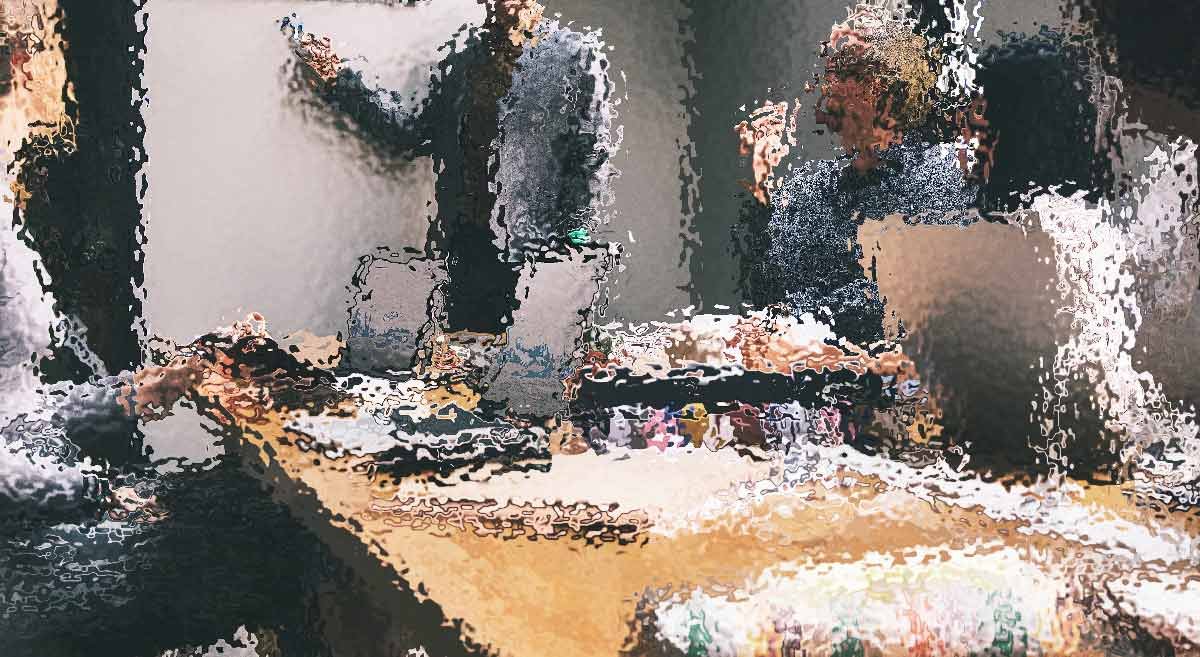

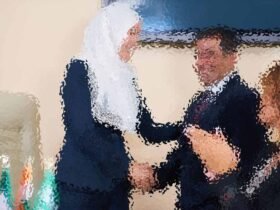
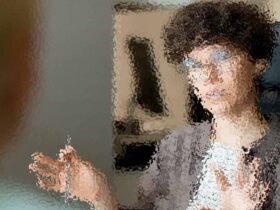

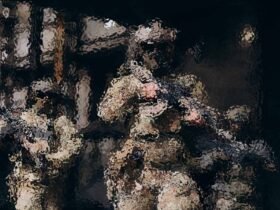
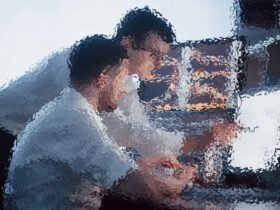
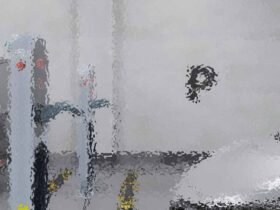
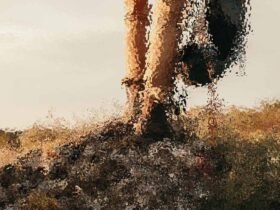
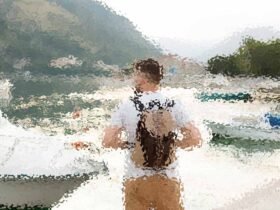
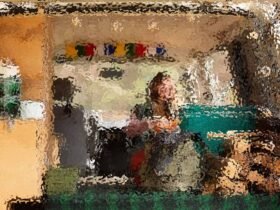

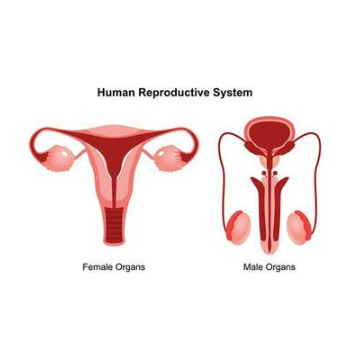



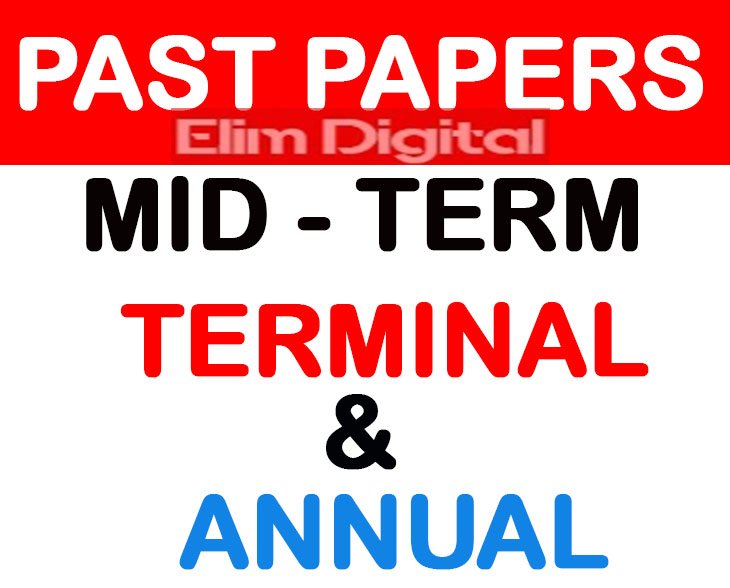

Leave a Reply